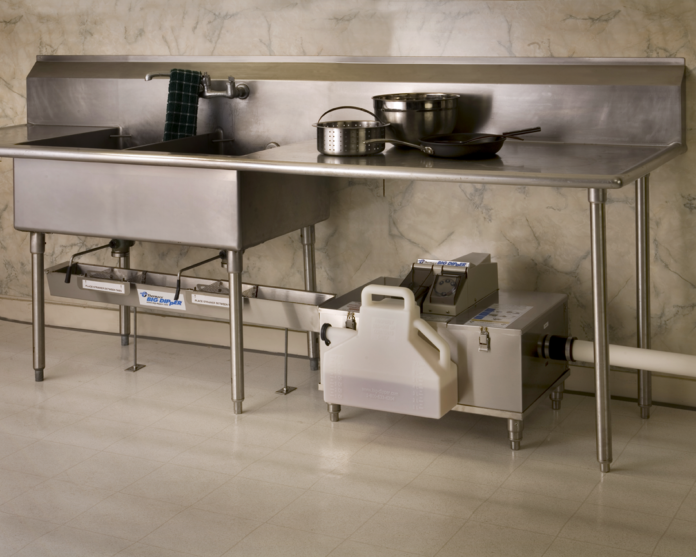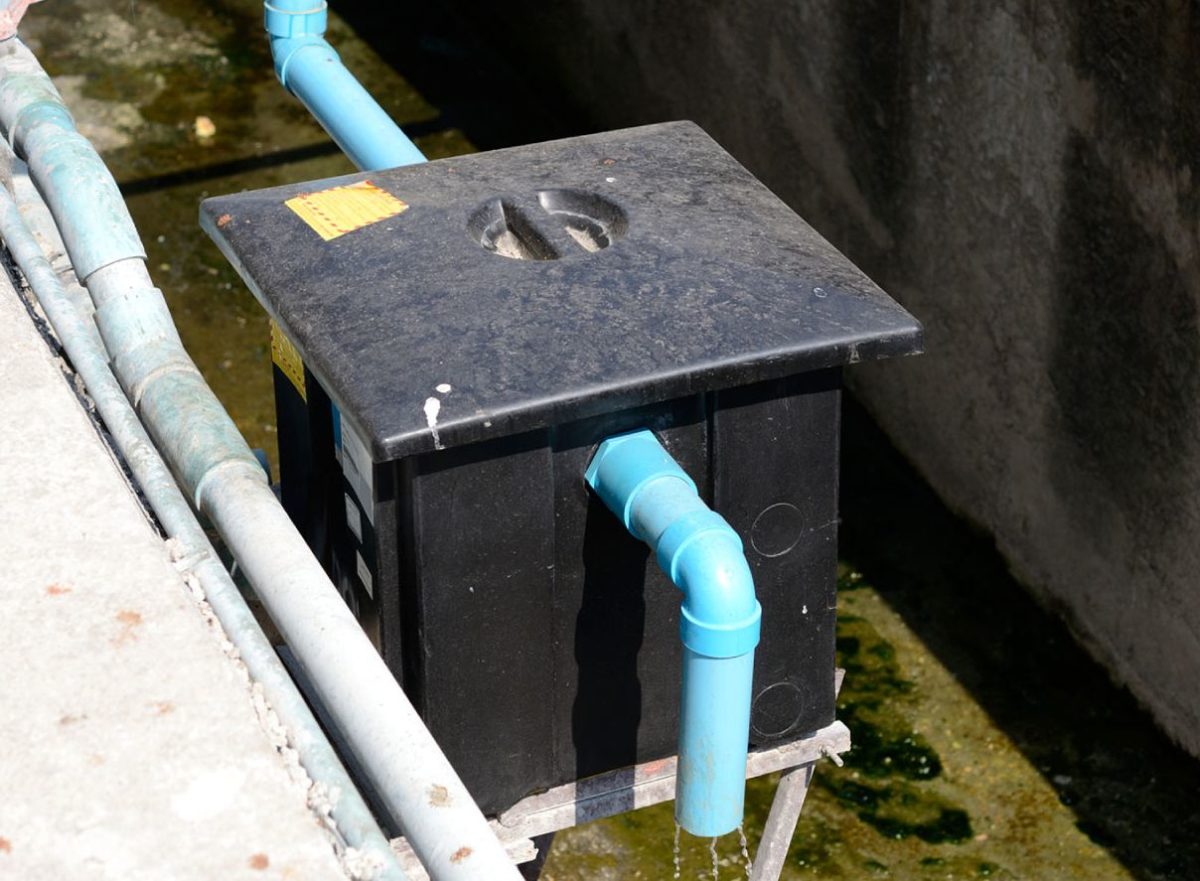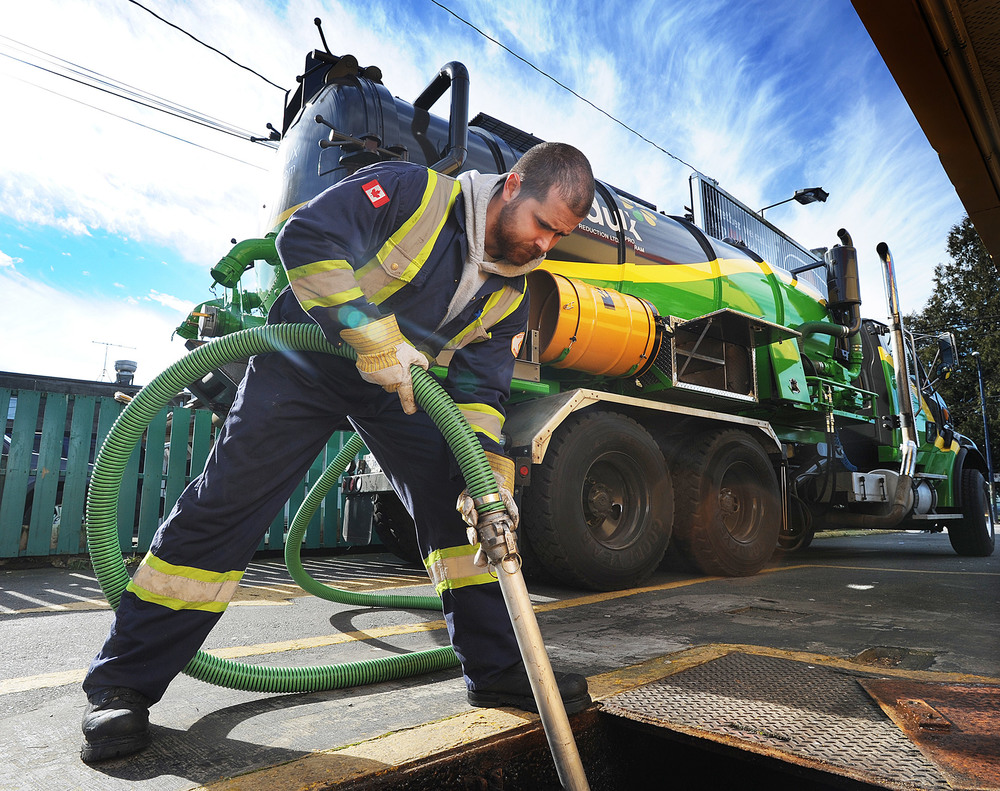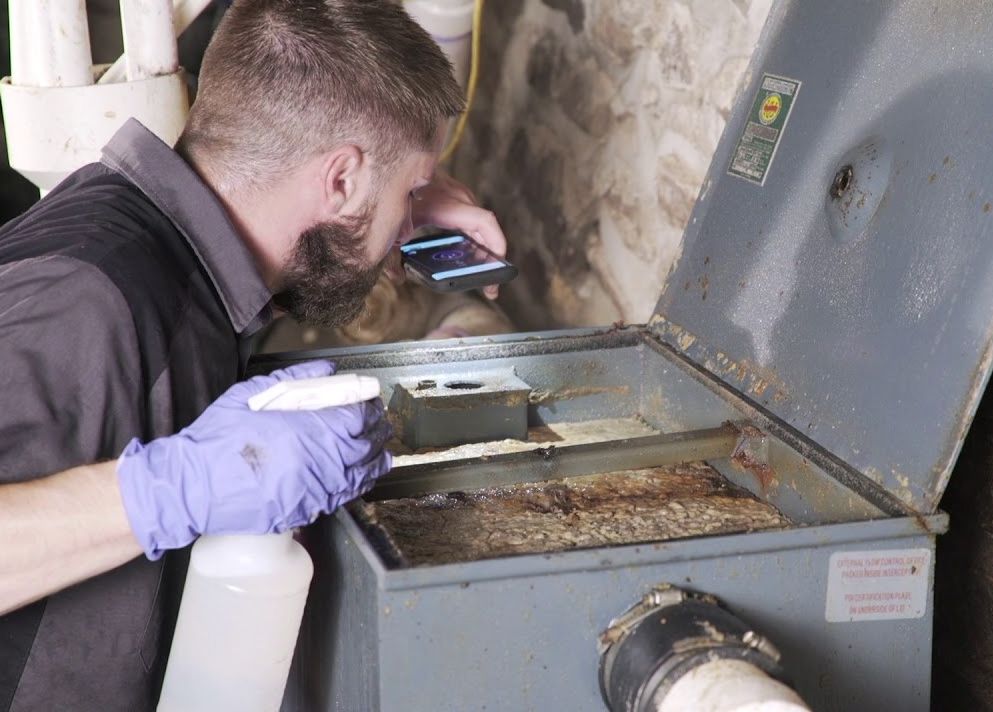
Cleaning is the process everyone hates, but after you’ve prepared a delicious meal, or made food for a lot of guests in your restaurant, you have to take care of the waste. The grease trap is something no one wants to clean and, chances are, you are always trying to avoid cleaning it.
No matter if we are talking about cleaning in the restaurant you work at or telling your employees to do this one last time, taking care of the grease trap is not a fun task.
However, did you know there are easy ways to do it where you won’t have to spend hours and hours over the interceptor, making promises that you will never eat or cook again? But at the end of the day, if you want to have a great restaurant and lots of customers, you need to take care of the trap and clean it regularly.
As people who absolutely hate cleaning, we decided to make a guideline on how to do this fast and easy so you can go back to binge-watching your favorite TV show.
Overview

Even though we hate cleaning them, this kind of traps are what keep the whole room from smelling terrible. They make the establishment smell nice and they keep the customers coming back. More customers mean more money, right?
The commercial traps are usually located outside of the main building, near the walls by your kitchen’s dishwashing station. If there is a basement, then the trap should be down there.
Depending on the size, type and location of the grease trap, you can clean it by yourself in many different ways. It is recommended to clean it at least once per week.
Wait for the restaurant to be closed for the day or consider cleaning it early in the morning before you start the opening procedures.
Cleaning Process
Start by removing the lid from the trap. Make sure you remove it gently and slowly, so you don’t risk damaging any of the gaskets on the lid. The next thing you need to do is to stick a ruler in the trap and see how many inches of grease are in the trap.
You need to write that information down and record it in a FOG report that is provided by the EPA.
If you are cleaning the trap after the restaurant closes, make sure that the water inside the interceptor has cooled down.
At this point, the grease will be floating on the top and that will make the scooping and measuring process easier.
There are two ways you can scoop it. You can pick if you want to scoop it before you take the water out or after.
If you want to first remove it, you will need to suck it out using a vacuum. Use a shop vacuum so that you can be sure that the grease won’t stick to the sides and baffle as the liquid level drop. After you scoop it out, remove the remaining wastewater and any possible food solids. When you are doing this, the sinks and the dishwasher should not be used. Keep an eye on the vacuum so it doesn’t overfill and spill it.

If you want to remove the water first, use a bucket or a small pump to remove the water from the trap. Set that water aside and start cooping the grease. You can use a heavy-duty scooper or another bucket. Make sure that you scrape the sides, bottom, and the lid to remove any excess grease. This will help prevent buildups from debris that has been knocked loose but is not yet removed.
When you are done scooping and scraping off the grease and solidified pieces of fat, you need to deep clean the trap. greasetrapjacksonville.com recommends using warm water and a steel pot scrubber to clean the interceptor and with that to eradicate the foul smell.
When you are done with the scrubbing, use water to wash off all the waste from the tank and the soap. The next thing you need to do is to check if all the FOG was removed from the interceptor.
To do that you need to pour a gallon of clean water down the kitchen sink. Check to see how the water flow is. If the water does not flow unobstructed, then there is a blockage in the draining line.
If there is a blockage, you will need to call a professional plumber. Don’t risk cleaning the drainage on your own because you may cause more harm than good.
In cases where the water flows unobstructed, you can put all the components of the grease interceptor back in place.
To take care of the shop vacuum, the best thing you can do is mix the collected waste with kitty litter. Pour litter until the mix solidifies. After that, you can pour the waste in a trash bag, seal it and dispose of it appropriately. Make sure to take all the environmental factors into account.
Maintenance

When is time to replace the trap? Well, if your local municipality requests an inspection because the grease is leaking into the local water system, then it is too late and you need to replace it as soon as possible.
To prevent things like that, you will need to maintain it properly and on time. If the system backs up, becomes too hard to clean, causes smell in your kitchen or if it stops filtering the grease out of the water, then you need to consider replacing the whole system.
If you are unsure if you should just replace some parts, deep clean them or replace the whole system, it is best to consult professionals. Replacing the interceptor will save you a lot of time and money in the long run.
You should know that the usage of grease interceptors is not only healthy for your kitchen, it is also a regulatory need. Having this kind of trap in your restaurant will reduce the grease havoc and it will make your business one of the top ones.
















